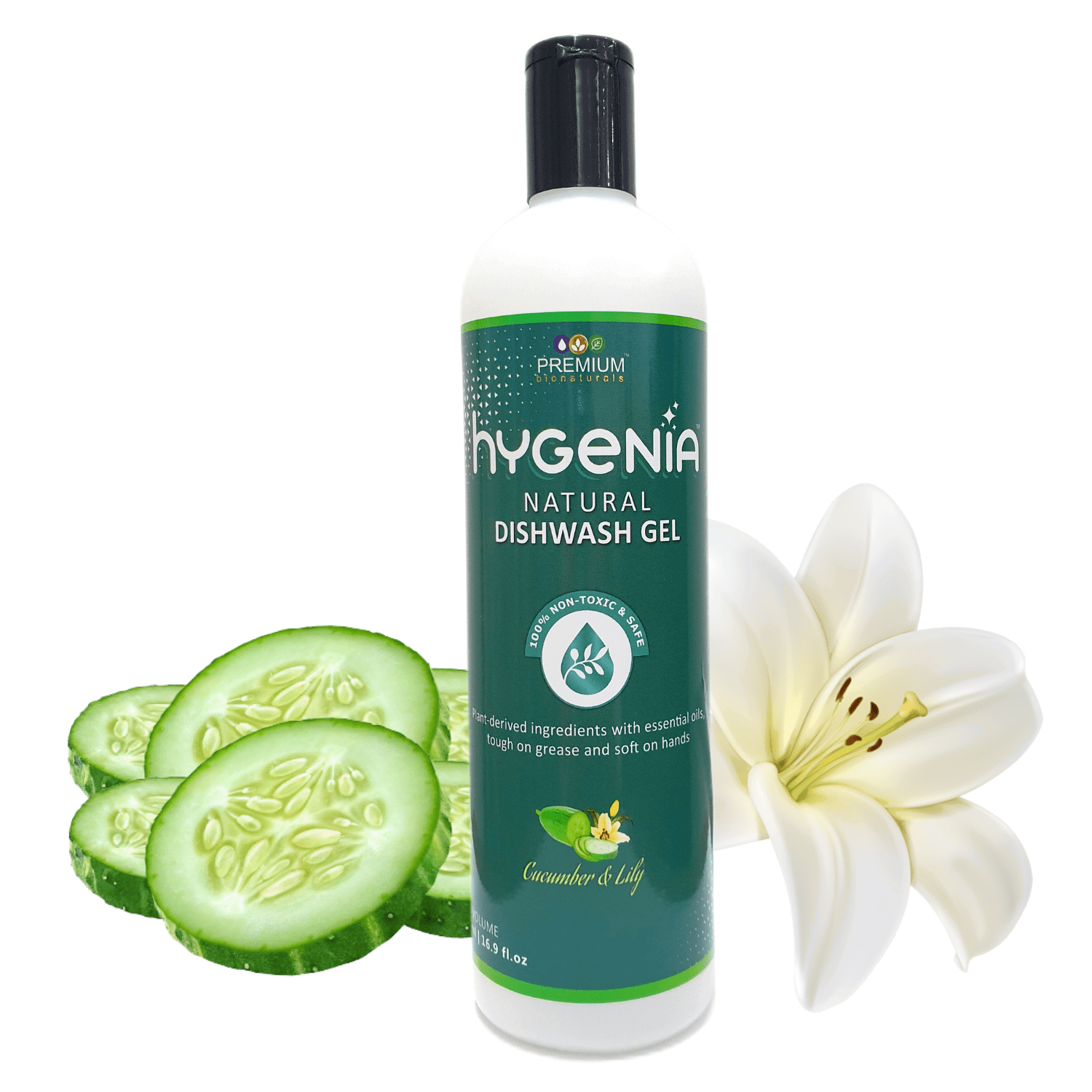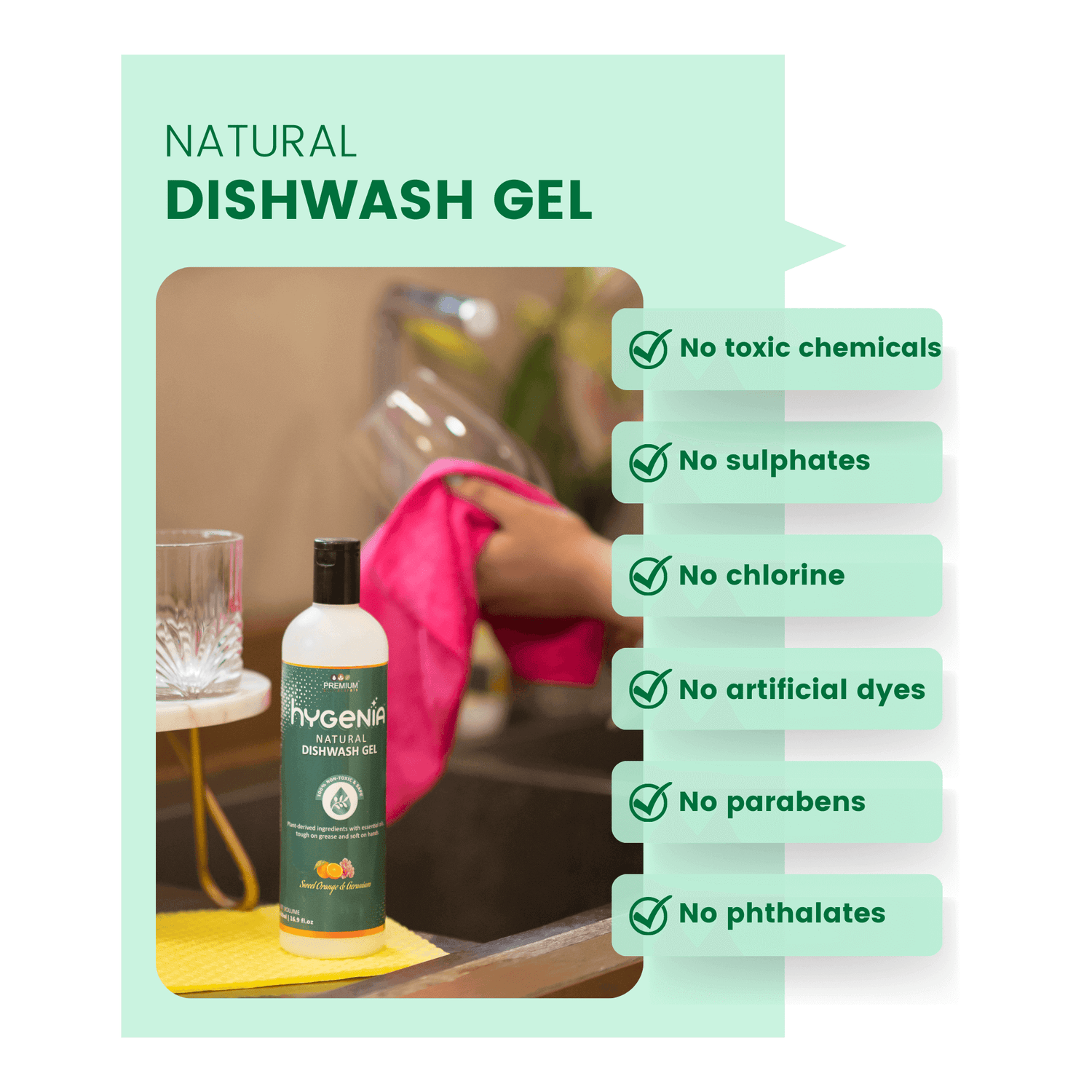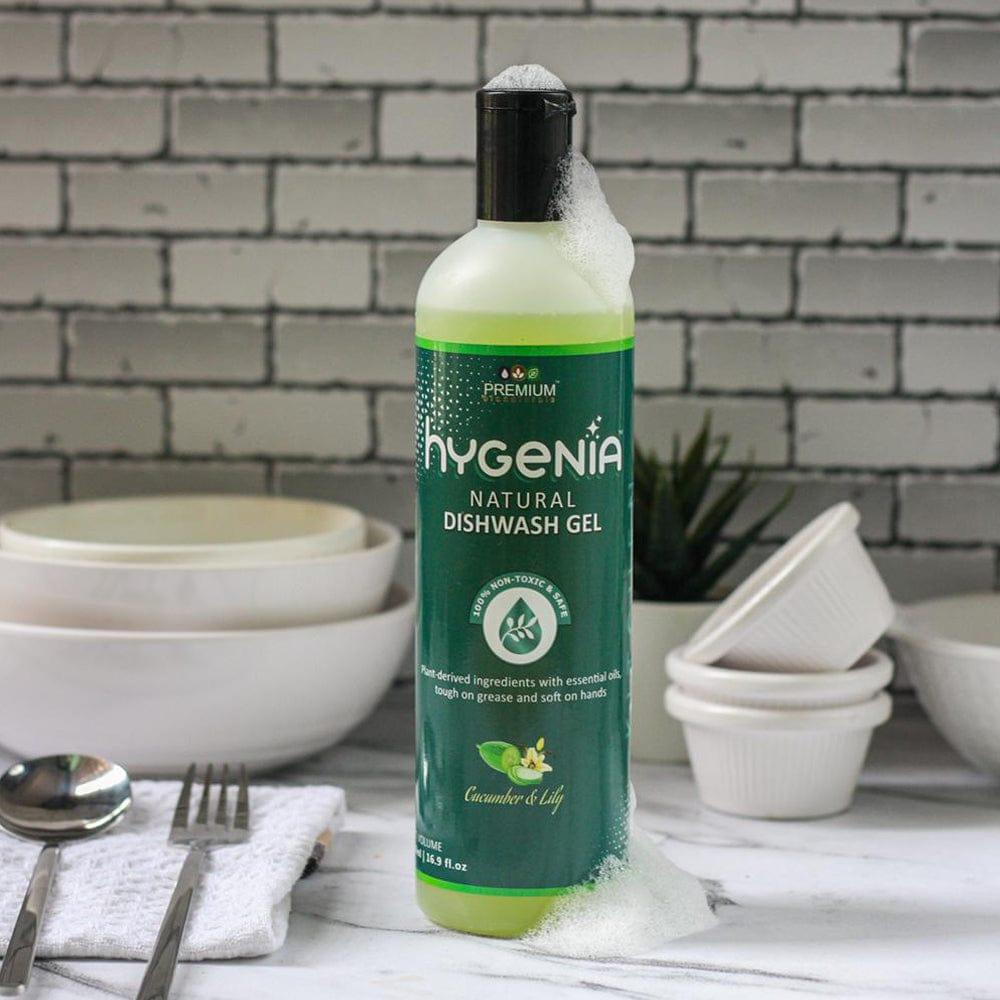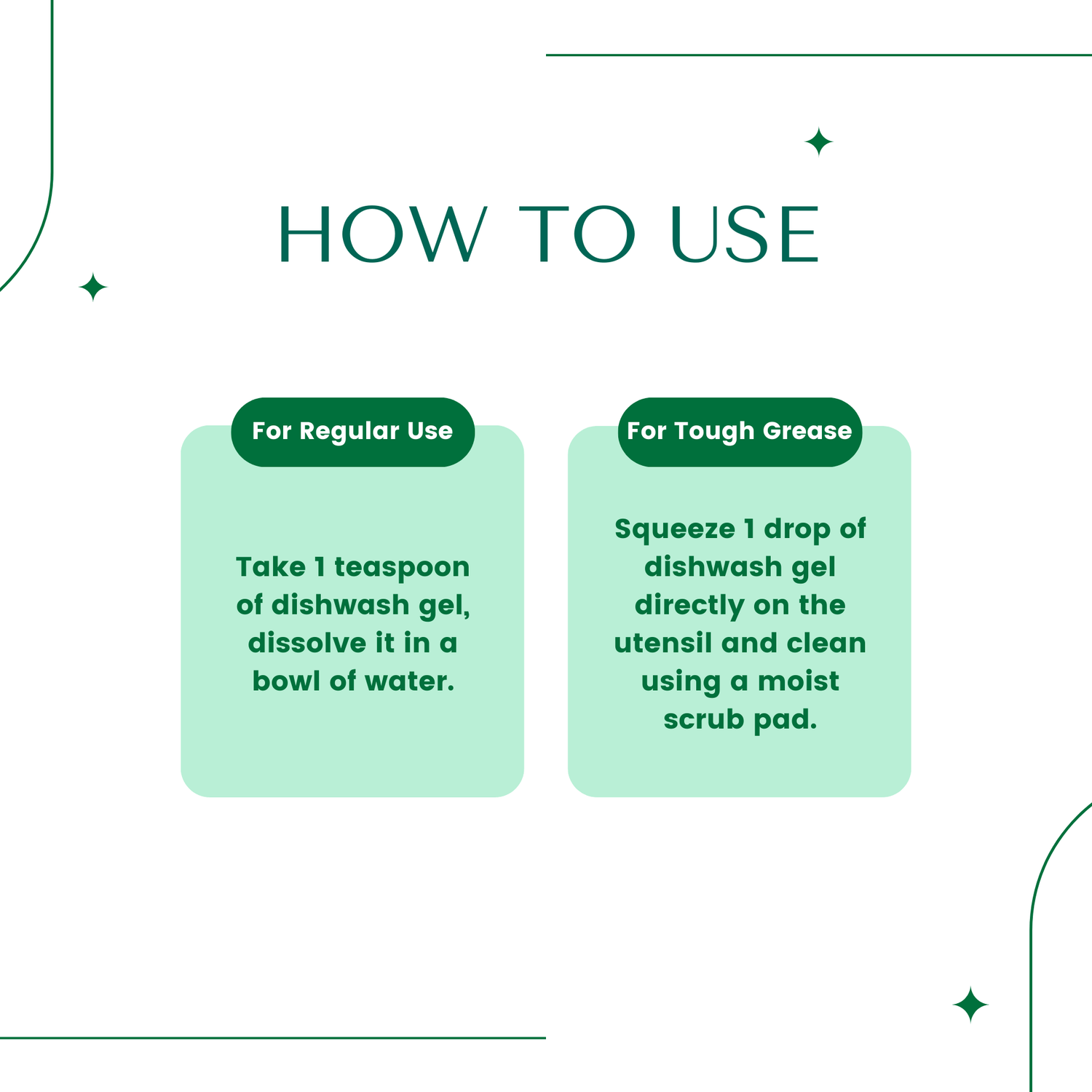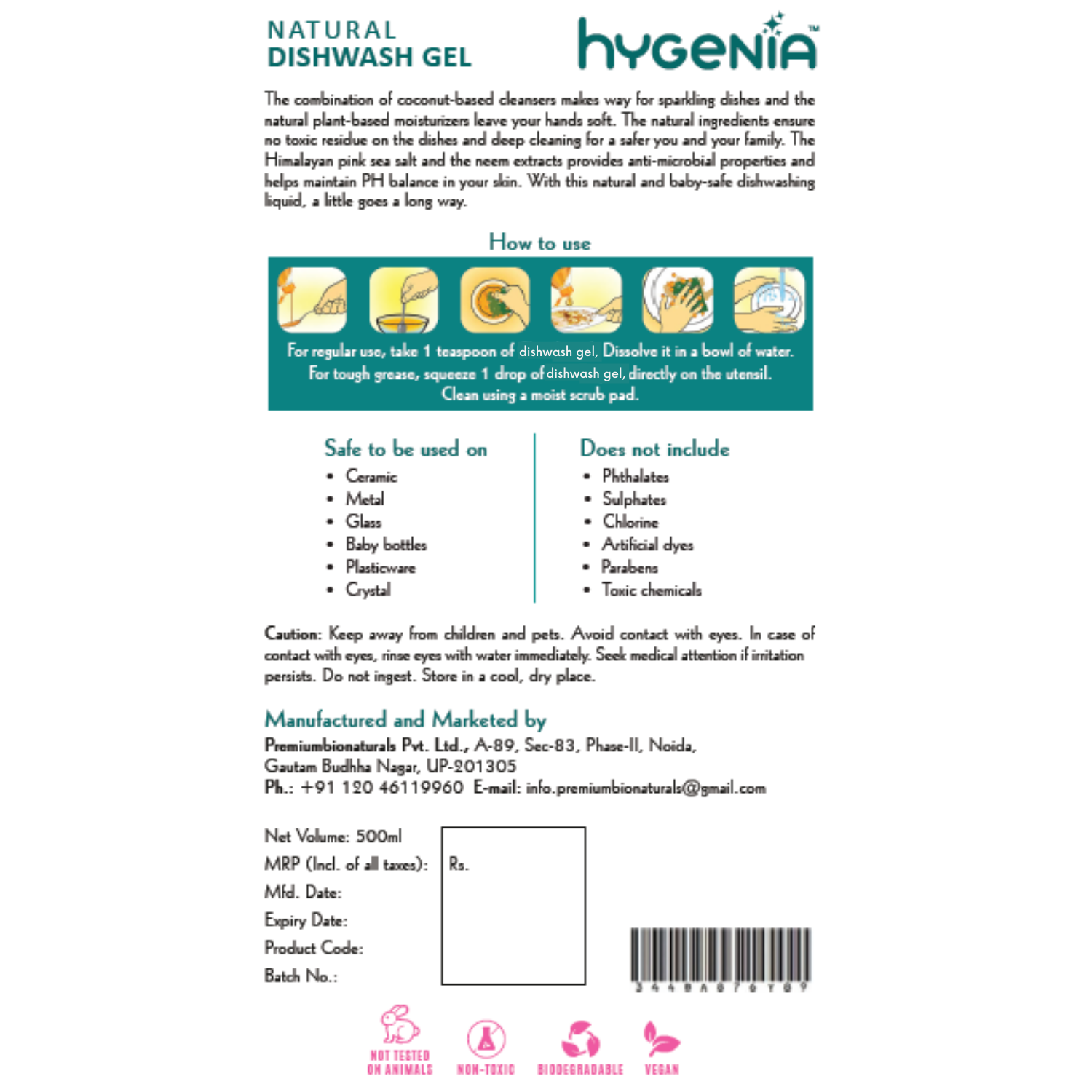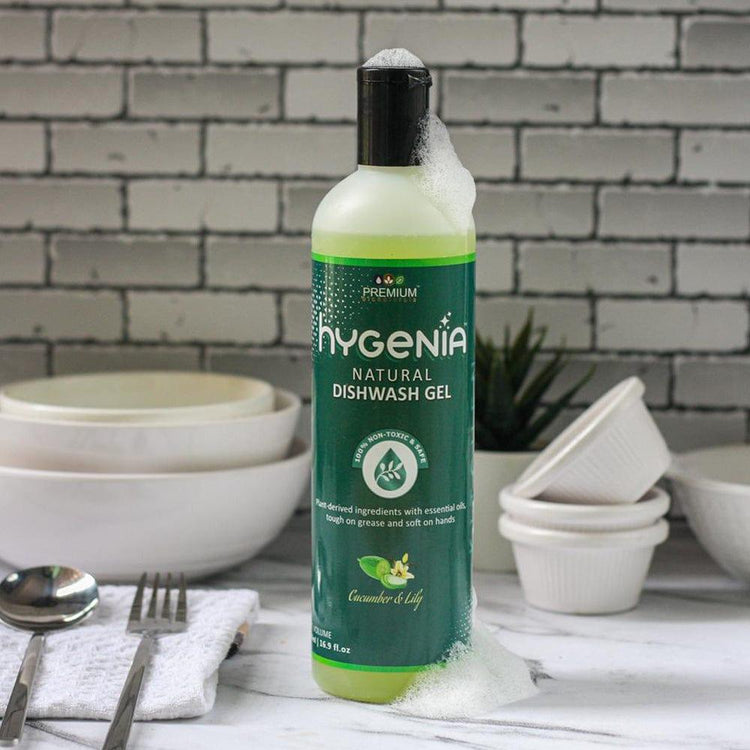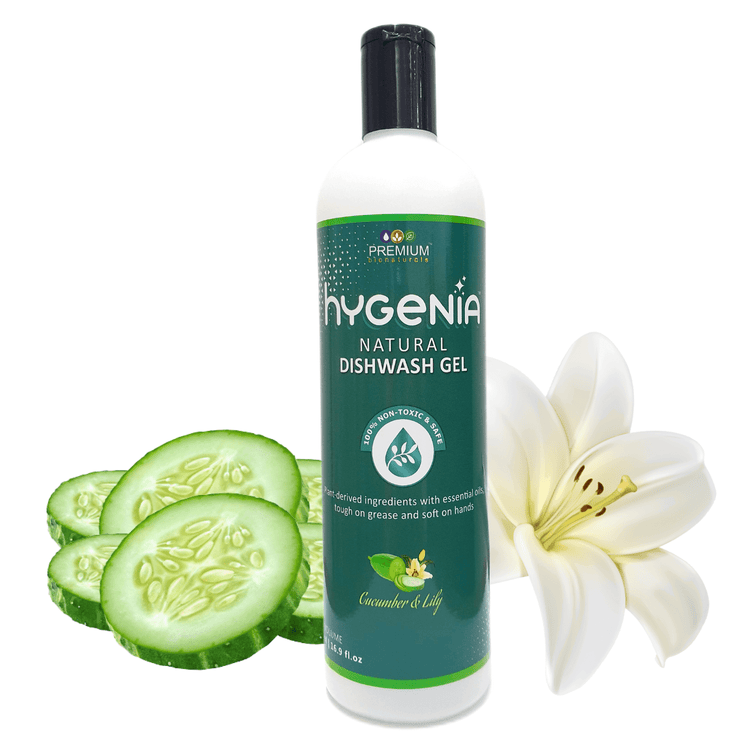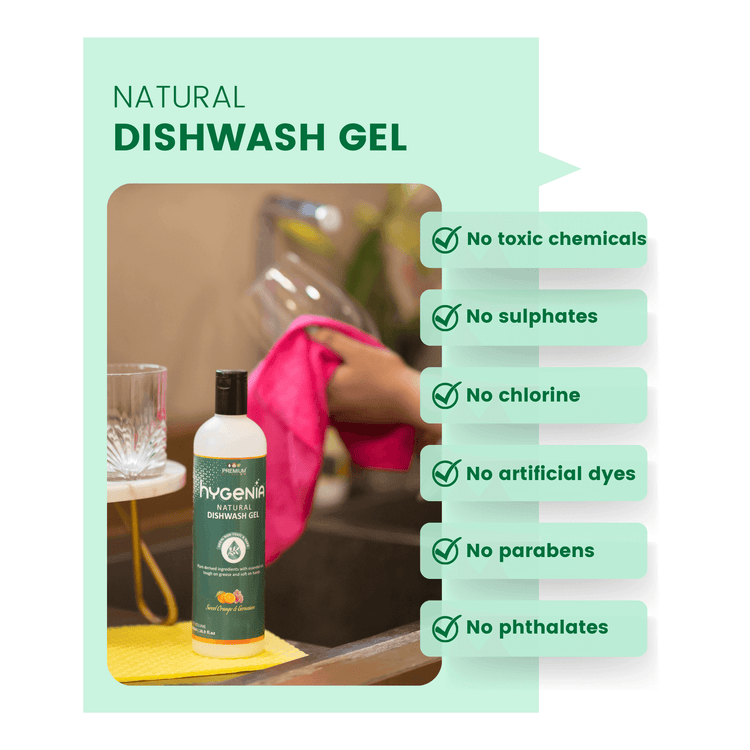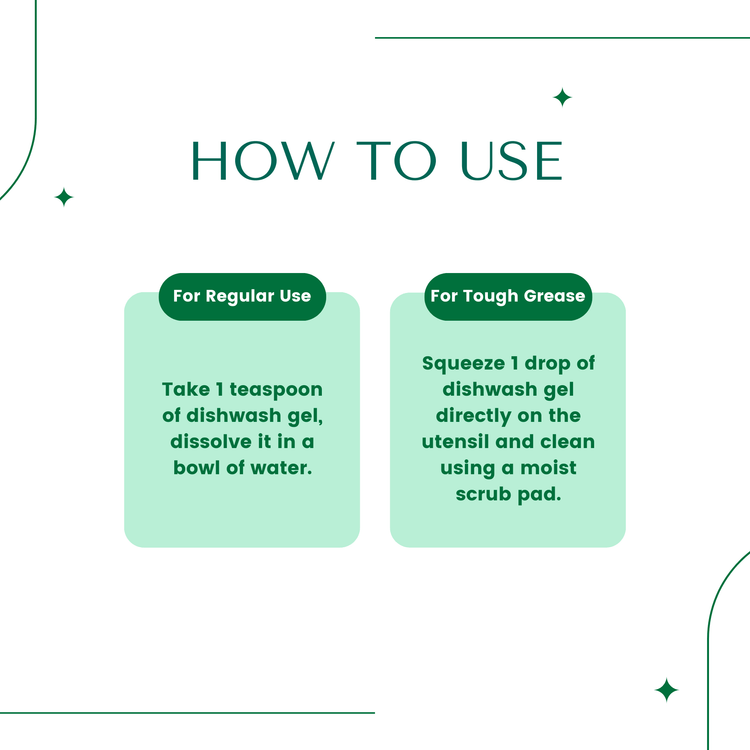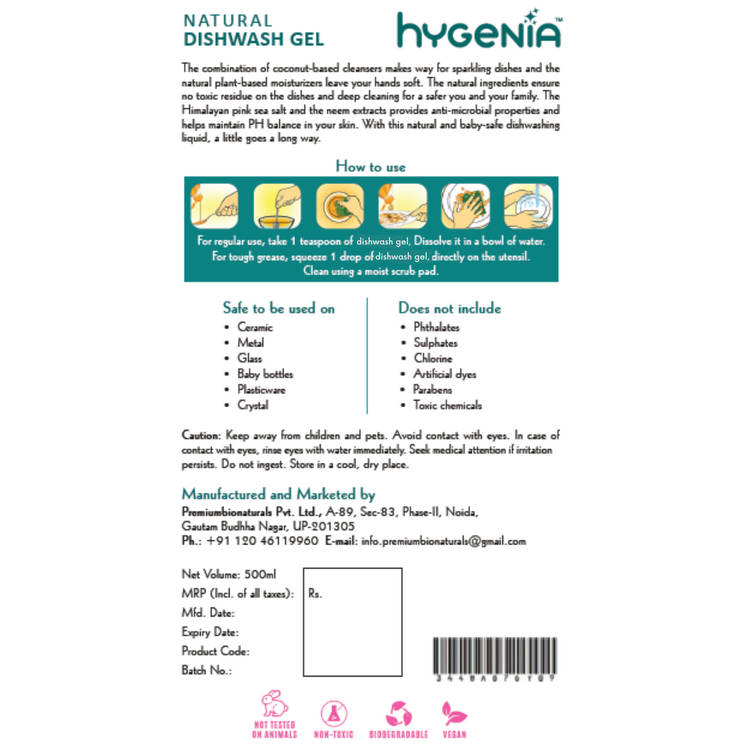If you’ve ever scorched your favourite pan or burnt food onto the bottom of a pot, you know the frustration all too well. That stubborn black residue clings on like glue, refusing to budge no matter how hard you scrub. The endless soaking and scrubbing can feel like a workout, often leaving your cookware scratched and your patience tested.
But here’s the good news — bringing your utensils back to life doesn’t require harsh chemicals or hours of effort. With a few simple DIY tricks on how to clean burnt utensils, you can lift stains, dissolve grime, and restore shine using safe, natural ingredients already sitting in your kitchen.
1. Baking Soda and Vinegar for Burnt Pans
One of the most reliable and effective combinations is the classic duo of baking soda and vinegar for burnt utensils. Together, they create a gentle yet powerful reaction that helps loosen even the most stubborn, burnt-on food residue.
Baking soda works as a mild abrasive that lifts grime without scratching your cookware, while vinegar cuts through grease and neutralises odours.
How to do it:
-
Sprinkle a generous layer of baking soda over the burnt area.
-
Pour enough white vinegar to cover it, and watch it fizz as it reacts.
-
Let it sit for 10–15 minutes, then scrub gently with a soft sponge.
-
Rinse thoroughly and repeat if needed.
This natural cleaner cuts through grease, removes burnt stains, and restores your pans’ shine without damaging the surface.
2. Salt and Lemon Scrub for Burnt Cookware
When you’re dealing with minor burns or surface discolouration, a salt and lemon scrub can be your go-to natural fix. The coarse texture of salt acts as a mild exfoliant for your cookware, gently lifting burnt residue and restoring shine without causing scratches.
Meanwhile, the acidity of lemon juice works to break down stains, cut through grease, and neutralise lingering food odours. Together, they form a simple yet powerful combination
How to do it:
-
Sprinkle coarse salt over the burnt area.
-
Cut a lemon in half and use it as a scrubber, squeezing juice as you go.
-
Let it rest for 10 minutes before rinsing with warm water.
This method is perfect for restoring the natural shine of stainless-steel cookware without scratching or dulling the finish.
3. Boiling-Soap Soak Method for Burnt Dishes

When you’re facing tough, caked-on burns that seem nearly impossible to remove, the boiling-soap soak method can feel like magic. This gentle yet highly effective trick uses heat and soap to loosen burnt food particles that cling stubbornly to the surface.
As the water simmers, it helps soften the carbonised layer, while the dish soap breaks down grease and residue, making scrubbing afterwards almost effortless.
How to do it:
-
Fill the burnt utensil with water and add a few drops of liquid dish soap. For a gentle yet effective option, try the Natural Dishwash Gel – Cucumber & Lily, formulated with plant-based ingredients to cut through grease and restore shine without harsh chemicals.

-
Bring it to a boil and let it simmer for 5–10 minutes. Allow it to cool slightly, then scrub with a sponge or brush.
-
Bring it to a boil and let it simmer for 5–10 minutes.
-
Allow it to cool slightly, then scrub with a sponge or brush.
This technique helps lift burnt residue quickly without scraping or scratching your cookware—especially helpful for ceramic or stainless steel pans.
4. Baking Soda Paste for Deep Burns

When the burn marks are stubborn and have deeply set into your cookware, a baking soda paste can work wonders in bringing back your utensil’s original shine. Baking soda’s gentle abrasiveness helps lift even the most persistent stains without damaging the surface, making it perfect for stainless steel, aluminium, or ceramic pans.
By forming a thick paste and letting it sit on the burnt areas, the baking soda slowly breaks down the blackened residue, loosening it for easy removal
How to do it:
-
Mix baking soda with a little water to form a thick paste.
-
Apply it over the burnt area and let it sit for 30 minutes.
-
Scrub gently in circular motions, then rinse clean.
This method is especially good for restoring older pots and pans that have accumulated layers of burnt residue over time.
5. Natural DIY Burnt Utensil Cleaner
If you’re looking for a simple, all-purpose solution that can tackle almost any burnt cookware, this natural DIY burnt utensil cleaner is your go-to fix. Made from common ingredients found in every kitchen, it combines the cleaning power of vinegar, the freshness of lemon juice, and the degreasing action of warm water.
Together, they cut through grease, loosen stubborn burnt bits, and restore shine without the need for harsh chemicals or endless scrubbing.
How to do it:
-
Mix equal parts vinegar and water, and add two tablespoons of lemon juice.
-
Pour the mixture into the burnt utensil and let it soak for 20–30 minutes.
-
Rinse, then polish with a microfiber cloth for a clean, shiny finish.
This natural mix cuts through tough grease, neutralises odours, and leaves your cookware spotless without any harsh fumes. For more effortless ways to simplify your kitchen cleaning routine, read our blog on Time-Saving Best Kitchen Cleaning Tricks to Keep Up with Your Busy Life.
Frequently Asked Questions
Q1) What is the easiest way to clean burnt utensils at home?
A) The baking soda and vinegar method is the quickest and most effective way to lift burnt residue naturally.
Q2) How do baking soda and vinegar help with burnt pans?
A) They create a mild chemical reaction that loosens carbon deposits, making scrubbing effortless.
Q3) Can I use salt and lemon on non-stick or enamel cookware?
A) Yes, but use gentle pressure to avoid scratching delicate surfaces.
Q4) Is the boiling-soap method safe for all types of utensils?
A) It’s safe for most materials, including stainless steel, enamel, and glass, but avoid overheating non-stick cookware.
Q5) Are there natural alternatives to chemical cleaners for burnt cookware?
A) Absolutely—baking soda, vinegar, salt, and lemon are effective natural cleaners for most burnt utensils.
Q6) What are the best home remedies for cleaning severely burnt pots?
A) Try the baking soda paste or boiling-soap soak method for deep, stubborn burns.
Learning how to clean burnt utensils easily doesn’t require expensive products—just a few simple, natural ingredients and a little patience. Whether you prefer baking soda and vinegar for quick results or a gentle salt and lemon scrub for shine, these DIY cleaning hacks can save your cookware and your time.
Cleaning burnt utensils naturally is budget-friendly, chemical-free, and surprisingly effective—proving that even the toughest messes can be fixed the smart way.


